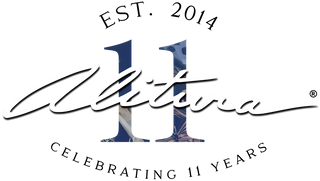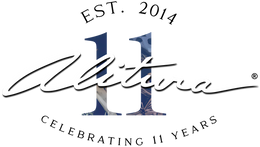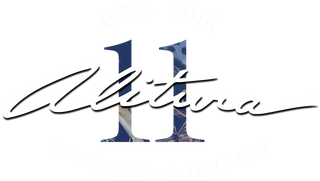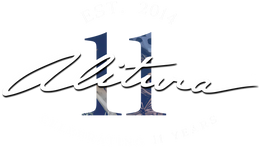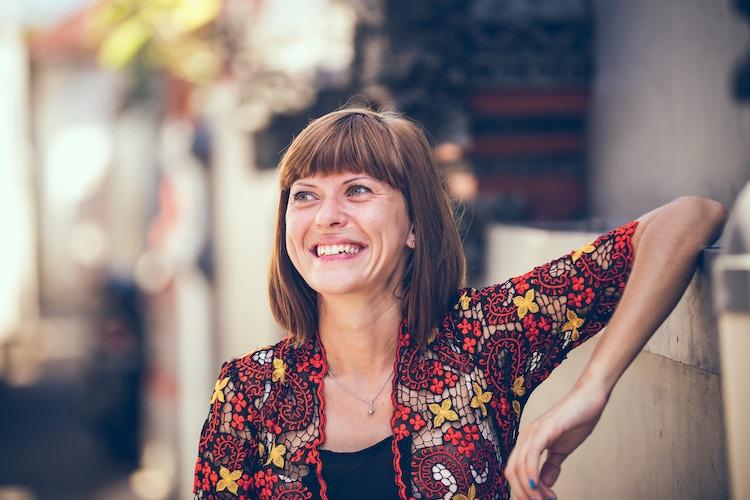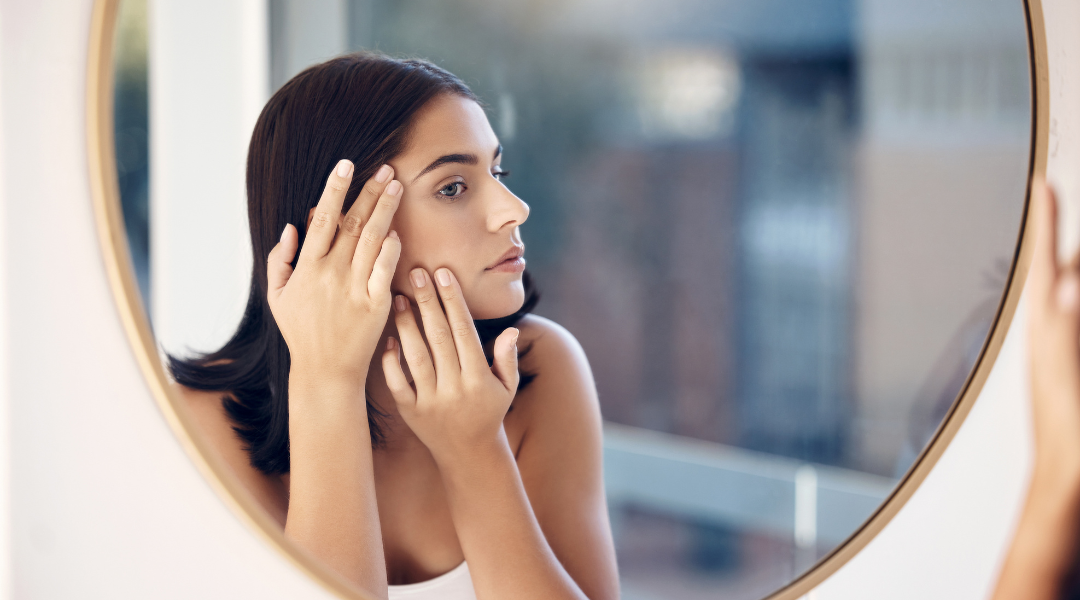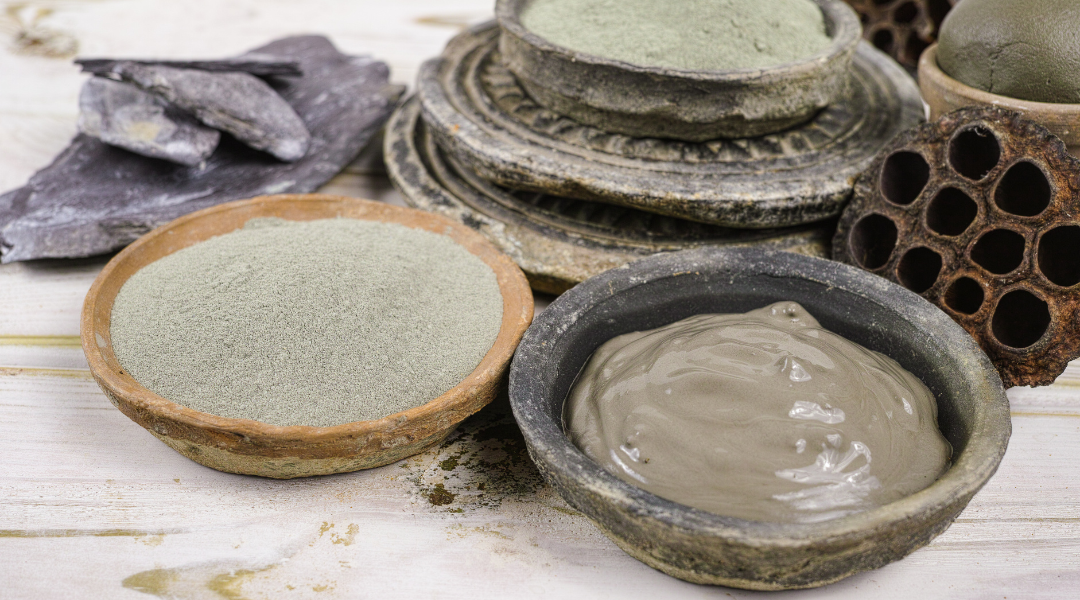Glow Notes
Oxidative stress is an important part of the biological aging process and plays a major role in skin aging. As we have touched on in previous articles, there are two major types of skin aging: intrinsic and extrinsic aging. These are both exacerbated by oxidative stress.
Of the two forms of skin aging, extrinsic aging is most driven by oxidative stress. Extrinsic aging refers to the aging of the outermost skin layer (the epidermis), normally caused by external factors such as UV radiation, environmental toxins, and diet.
Little attention has been given to the importance of adequate levels of testosterone, known as the “male hormone”. In this blog post, we specifically dig into testosterone’s relation to skin aging.
Truth be told, testosterone is not a gender-specific hormone. It is a necessary androgen steroid for optimal metabolic function and well-being. It has been well documented that this important hormone decreases with age in both men and women. When it comes to skin, lower testosterone levels correspond with a decrease in overall skin health, density, and elasticity.
There are a variety of acne types and postulated causes, however, at the root of them all is an imbalance of hormones. Hormones are the chemical messengers of the body. They are how every cell, tissue, and organ communicate with one another. And as it turns out, people with acne appear to have a certain hormonal environment that contributes to the development of pimples.
In this article, we will be taking a look at some of the key hormones known to contribute to acne and how to balance them naturally.
